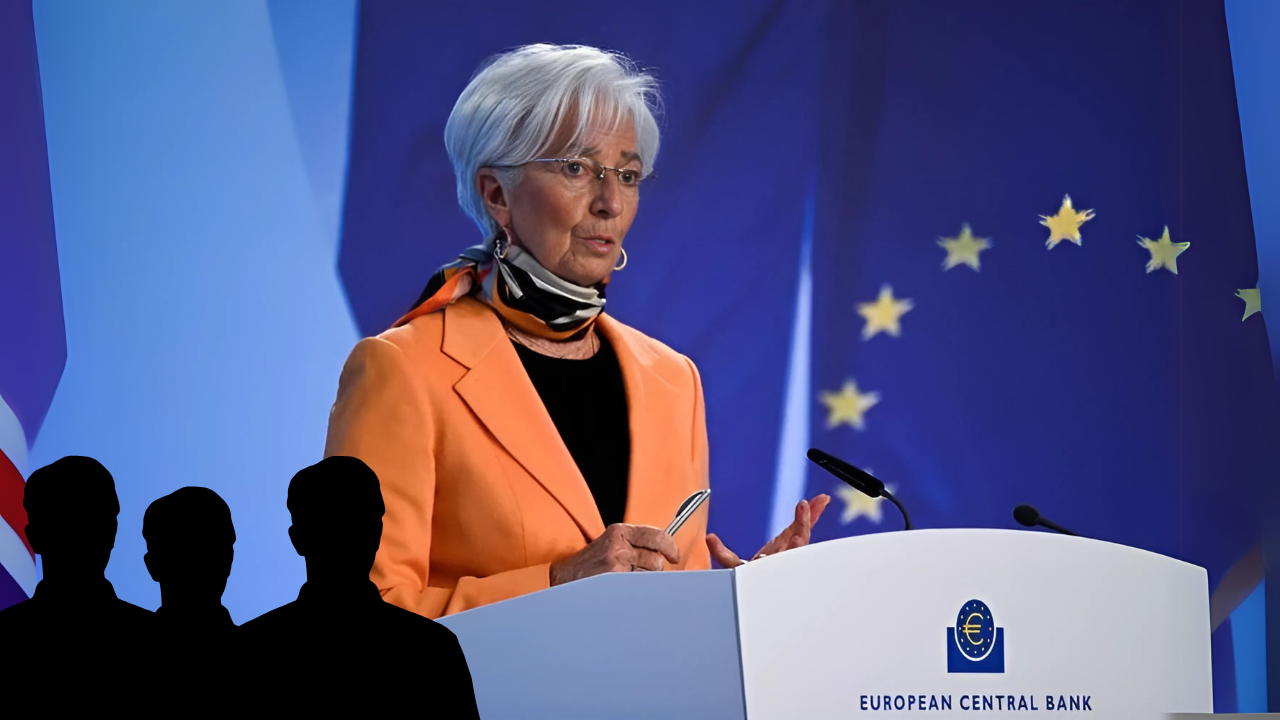
By: Aditi
Published on: Mar 19, 2025
The Eurozone’s inflation rate cooled to 2.3% year-over-year in February 2025, revised downward from preliminary estimates of 2.4%, according to Eurostat. This marks a continued decline from January’s 2.5%, signaling progress toward the European Central Bank’s (ECB) 2% target. However, policymakers remain cautious as global trade tensions threaten to derail disinflation efforts.
While 14 member states saw inflation fall month-over-month, seven recorded increases—highlighting uneven economic recovery across the bloc.
Energy costs rose a modest 0.2% annually, a stark contrast to the volatility seen during the 2022–2023 energy crisis. Improved EU energy diversification and mild winter weather contributed to this stability.
The services sector, a persistent inflation driver, showed signs of cooling. Wage growth moderation and reduced consumer demand likely played roles.
Supply chain disruptions in Eastern Europe and rising labor costs kept food prices elevated, though the pace has slowed from 2024 peaks.
The ECB has reduced interest rates six times since mid-2024, with the latest cut bringing the deposit rate to 2.5% in March 2025. Markets now debate whether two additional cuts (to 2%) are feasible by year-end.
Christine Lagarde emphasized the need for “agility and clarity” in policymaking, stating, “Guaranteeing 2% inflation in the short term is impossible amid global shocks.”
In a stark address, the ECB President criticized U.S. protectionism, linking Trump’s tariffs to broader economic risks:
“A real trade war would have severe consequences for global growth and prices. The initiator, retaliator, and re-retaliator all lose—this is a historical constant.”
Lagarde also defended the EU’s founding principles, countering claims that the bloc was designed to disadvantage the U.S.:
“Europe was built for stability post-World War II. To claim it was ‘set up to screw the U.S.’ is an abuse of history.”
Lower inflation boosts household purchasing power, yet high borrowing costs (despite rate cuts) continue to stifle mortgage and business loan demand.
A stronger euro (up 0.16% against GBP in Q1 2025) risks making EU goods less competitive, particularly if trade wars escalate.
February’s unexpected drop in German inflation to 1.8% has raised concerns about Europe’s largest economy entering a deflationary phase.
The Eurozone’s inflation slowdown to 2.3% offers hope but no room for complacency. With Christine Lagarde acknowledging “exceptionally high uncertainty,” the ECB must walk a tightrope between supporting growth and preempting inflationary shocks. As trade wars loom and markets second-guess rate paths, one truth remains clear: agility will define the Eurozone’s economic resilience in 2025.
Comments
No comments yet. Be the first to comment!
Leave a Comment